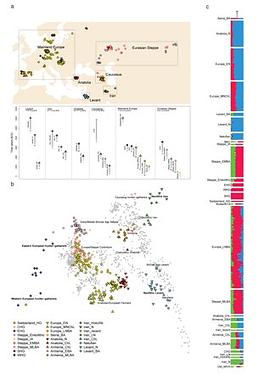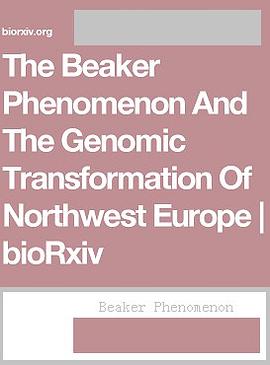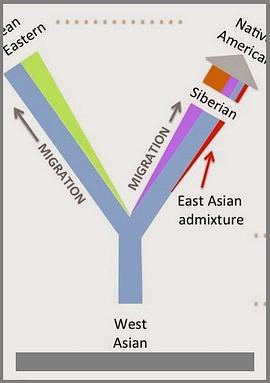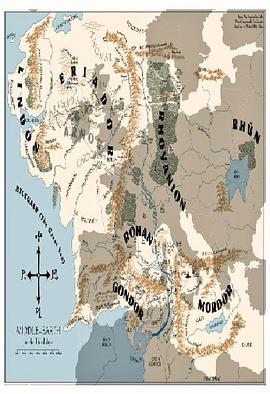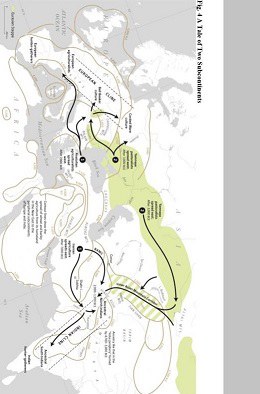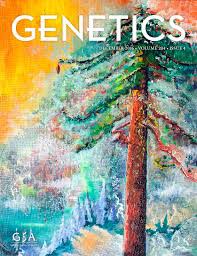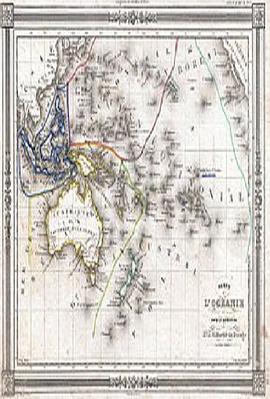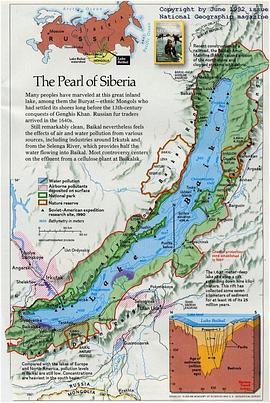

The study of Ancient DNA (aDNA), DNA recovered from archaeological and historic post mortem material, has complemented the study of anthropology and archaeology. There are several challenges in the retrieval and analysis of DNA from ancient specimens including exogenous contamination with modern DNA, polymerase chain reaction (PCR) inhibitors and DNA damage because of environmental factors. Despite all the obstacles, the extraction of aDNA is still possible through reliable extraction methods and highly sensitive PCR-based technologies that facilitated the use of aDNA analysis in revealing the maternal and paternal backgrounds of ancient populations. This dissertation examines prehistoric hunter-gatherer populations that inhabited Siberia, Russia, several thousand years ago. The Lake Baikal of Siberia was home to two temporally distinct populations from Early Neolithic, EN (8000-6800 cal BP) to Late Neolithic-Early Bronze Age, LN-EBA (5800-4000 cal BP). The EN group was separated from the LN-EBA group by a 1000-year gap (hiatus). Several cemeteries have been excavated as part of an international Baikal Archaeology Project (BAP). These include one EN cemetery (Shamanka II) and two LN-EBA cemeteries (Kurma XI and Khuzhir-Nuge XIV). Maternally inherited mitochondrial DNA (mtDNA) has been examined previously for two EN cemeteries (Lokomotiv and Shamanka II) and one of the LN-EBA cemeteries (Ust’-Ida). mtDNA has not been analyzed before from the Kurma XI cemetery. This dissertation hypothesis focused on the examination of mtDNA from Shamanka II and Kurma XI cemeteries and examination of Y-chromosomal DNA from the four excavated cemeteries (Lokomotiv, Shamanka II, Ust’-Ida and Kurma XI) to identify genetic discontinuity and/or continuity between and within the EN and LN-EBA of prehistoric populations. The project aims were; first, modification of published methods for sample preparation, DNA extraction and PCR amplification for aDNA research. Second, interpretation of mtDNA haplogroup distribution from Kurma XI in the context of other Lake Baikal cemeteries. Third, compare the genetic affinities of the prehistoric populations with the contemporary populations of the area through the maternal lineage. Finally, comprison of mtDNA and Y-chromosomal haplogroup distributions to determine maternal and paternal genetic affinities. Four different mtDNA haplogroups were found in Kurma XI individuals including A, D, F and Z. mtDNA haplogroup Z was not represented before in Lake Baikal’s prehistoric populations. In addition, six extra samples from Shamanka II were analyzed to reveal that Shamanka II and Lokomotiv did not share the same maternal background as was previously suggested. New mtDNA results from Kurma XI and Shamanka II suggested that each of the EN cemeteries and LN-EBA cemeteries had a different maternal origin; however, Kurma XI shared a similar maternal origin with Lokomotiv and also with Shamanka II. Through SNaPshot multiplex PCR amplification, Y-chromosomal haplogroups were obtained from male individuals in the four cemeteries. Individuals from Lokomotiv and Shamanka II were found to possess haplogroups K, R1a1 and C3, and individuals from Ust’-Ida and Kurma XI were found to belong to haplogroups Q, K and unidentified SNP (L914). For those individuals belonging to haplogroup Q, further experimentation to examine sub-haplogroups of Q revealed that these individuals belong to sub-haplogroup Q1a3. There was significant heterogeneity in the males from the Lokomotiv cemetery when compared to the other three cemeteries. Furthermore, the Y-chromosome results showed a discontinuity between the EN and the LN-EBA populations of Lake Baikal. Combining the maternal and the paternal results from the prehistoric populations of Lake Baikal suggested a patrilocal post-marital residence pattern, where females moved to their husbands’ birthplace after marriage. This research highlighted the utility of DNA analysis as an archaeological tool in conjunction with burial practices and artifacts in making inferences about the prehistoric population structure
具體描述
讀後感
評分
評分
評分
評分
用戶評價
相關圖書
本站所有內容均為互聯網搜索引擎提供的公開搜索信息,本站不存儲任何數據與內容,任何內容與數據均與本站無關,如有需要請聯繫相關搜索引擎包括但不限於百度,google,bing,sogou 等
© 2025 qciss.net All Rights Reserved. 小哈圖書下載中心 版权所有


